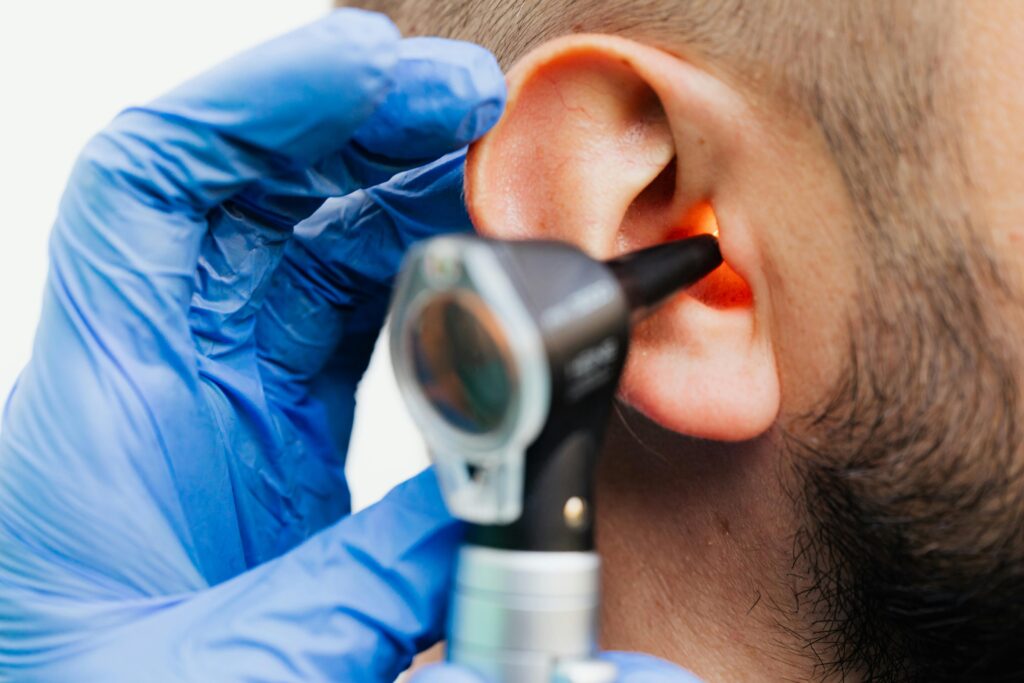“Ever wondered why your pup tilts their head at the sound of a squeaky toy—or worse, doesn’t react at all? You’re not alone.”
As pet parents, we often overlook subtle signs that something might be wrong. But did you know that over 20% of senior dogs and cats can suffer from some level of hearing loss? Yet, pet insurance rarely covers hearing issues unless owners proactively opt for specialized policies. In this post, you’ll learn how to navigate pet hearing diagnostic tests, understand their importance, and make informed decisions about your furry friend’s health.
Table of Contents
- Key Takeaways
- Why Pet Hearing Tests Matter: The Unseen Struggle
- Step-by-Step Guide to Pet Hearing Diagnostic Tests
- Tips for Choosing the Right Pet Insurance Coverage
- Real-Life Stories: How Diagnostic Tests Saved Lives
- Frequently Asked Questions (FAQs)
Key Takeaways
- Pet hearing diagnostic tests are vital for early detection of auditory impairments.
- Specialized pet insurance can offset costly procedures if chosen wisely.
- Understanding your pet’s behavior cues helps identify potential hearing issues faster.
- Veterinary technology has advanced significantly—don’t settle for outdated testing methods.
Why Pet Hearing Tests Matter: The Unseen Struggle
I’ll admit it—I completely missed the signs with my golden retriever, Max. One day, I realized he wasn’t responding to his name anymore. My first thought? He’s just ignoring me because dinner’s late. Rookie mistake.
Hearing problems in pets are more common than you’d think. From congenital defects to age-related degeneration, untreated conditions can lead to social isolation or even accidents. And here’s the kicker: without proper coverage through pet insurance, these diagnostic tests could cost hundreds out of pocket.

“That awkward moment when you realize Fido’s selective hearing might not actually be ‘selective.’ Awkward… but important.”
But wait—why does this process feel so complicated? It turns out there’s way more to it than waving a tuning fork near their ears (yes, people actually tried that once). Let’s break down the essentials before diving into actionable steps.
Step-by-Step Guide to Pet Hearing Diagnostic Tests
Optimist You:* “This sounds easy enough, right?”
Grumpy You: “Ugh, fine—but only if snacks are involved.”*
Navigating pet hearing diagnostics doesn’t have to feel like decoding hieroglyphics. Here’s the step-by-step guide:
Step 1: Recognize Early Warning Signs
Your pet may exhibit behaviors such as excessive barking, ignoring commands, or failing to respond to familiar sounds. These small changes can indicate trouble ahead.
Step 2: Consult Your Vet
A professional evaluation is crucial. Vets use tools like Brainstem Auditory Evoked Responses (BAER) tests to assess nerve responses to sound stimuli.
Step 3: Explore Insurance Options
Many policies exclude pre-existing conditions, so act fast. Compare plans focusing on chronic care and diagnostics.
Step 4: Follow Up Carefully
Depending on results, treatments range from medication adjustments to behavioral therapy. Consistency is key!
Tips for Choosing the Right Pet Insurance Coverage
If you’ve ever Googled “how much does pet healthcare REALLY cost,” you already know the answer lies somewhere between “ouch” and “bankruptcy.” To avoid sticker shock:
- Prioritize Plans With Comprehensive Testing Coverage: Ensure BAER tests and other advanced diagnostics are included.
- Review Exclusions Carefully: Some policies won’t cover genetic disorders linked to breed predispositions.
- Check Waiting Periods: Many insurers impose waiting periods—sometimes up to six months—for specific conditions.
Pro Tip: Always call customer support to clarify policy details; terms aren’t always written in plain English.
Real-Life Stories: How Diagnostic Tests Saved Lives
Meet Luna, a seven-year-old tabby whose sudden disinterest in chirping birds sent her owner scrambling. After a BAER test revealed moderate hearing loss, Luna started regenerative therapy covered under her upgraded pet insurance plan. Today? She’s back to stalking feather toys like a pro.

Frequently Asked Questions (FAQs)
Q1: What happens during a BAER test?
Electrodes placed on your pet’s head record electrical activity triggered by sound waves. Think of it as an MRI for ears.
Q2: Are pet hearing diagnostic tests painful?
Nope! Most pets snooze through them, thanks to light sedatives used during the procedure.
Q3: Can puppies grow out of temporary hearing loss?
Sometimes yes, especially if caused by infections or trauma. Early intervention matters!
Conclusion
Pet hearing diagnostic tests are no longer optional—they’re essential. Whether you suspect a problem or simply want peace of mind, arming yourself with knowledge (and solid insurance) ensures your companion stays happy and healthy. Now go forth—and maybe bookmark this article next time someone asks, “Why is my dog ignoring me *again*?”

P.S.: Like a Tamagotchi, your SEO needs daily care. Don’t forget to share this post with fellow pet lovers who need a wake-up call!


